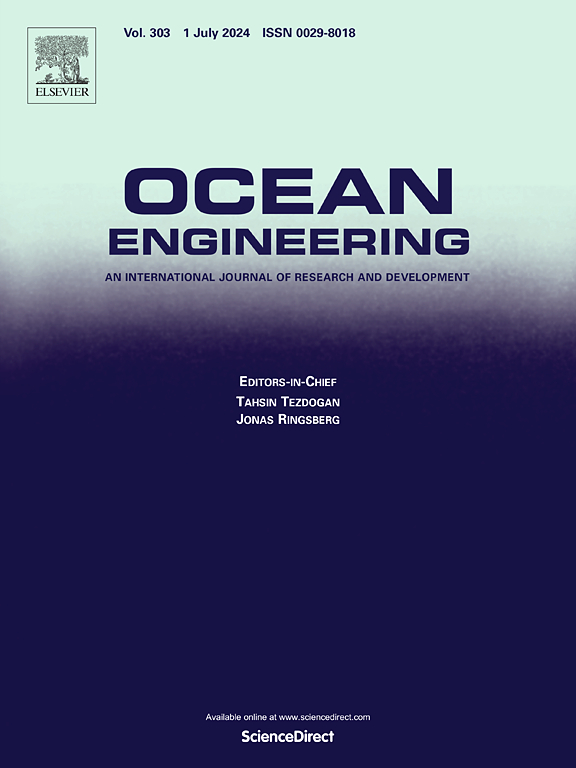Optimizing a monopile with a bottom-supported tension leg tower concept for offshore wind turbine in intermediate waters
IF 4.6
2区 工程技术
Q1 ENGINEERING, CIVIL
引用次数: 0
Abstract
Bottom supported Offshore Wind Turbines are dominating the offshore wind energy market today. Researchers are trying to develop novel concepts to increase the cost effectiveness of such structures at deeper waters where conventional concepts appear to be massive and expensive.
The Bottom Supported Tension Leg Tower (BSTLT) concept introduces the use of a traditional monopile or jacket structure, combined with a system of pretensioned tethers and a hinge, aimed at reducing the design bending moment at the base. While the effectiveness of this approach has been demonstrated for a monopile design at a 50-m water depth, no structural optimization has yet been undertaken. Such optimization is essential to identify potential material savings and cost benefits.
In this study, structural optimization of a monopile, both with and without the BSTLT concept, has been conducted at a 50-m water depth using a Genetic Algorithm. The analysis was performed in the frequency domain, and the optimized structure was subsequently re-evaluated in the time domain to validate the results.
The results show that the required cross-sectional area of a monopile design with conventional approach for the stated water depth can be significantly reduced when BSTLT concept is used.
求助全文
约1分钟内获得全文
求助全文
来源期刊

Ocean Engineering
工程技术-工程:大洋
CiteScore
7.30
自引率
34.00%
发文量
2379
审稿时长
8.1 months
期刊介绍:
Ocean Engineering provides a medium for the publication of original research and development work in the field of ocean engineering. Ocean Engineering seeks papers in the following topics.
 求助内容:
求助内容: 应助结果提醒方式:
应助结果提醒方式:


